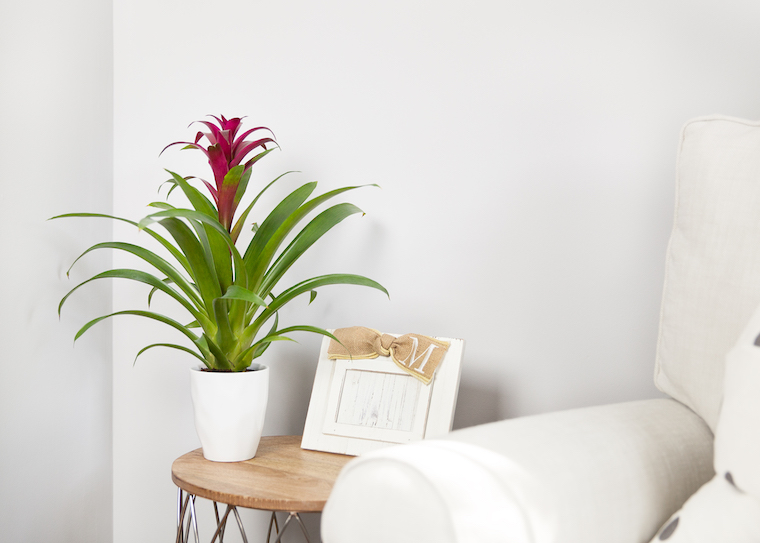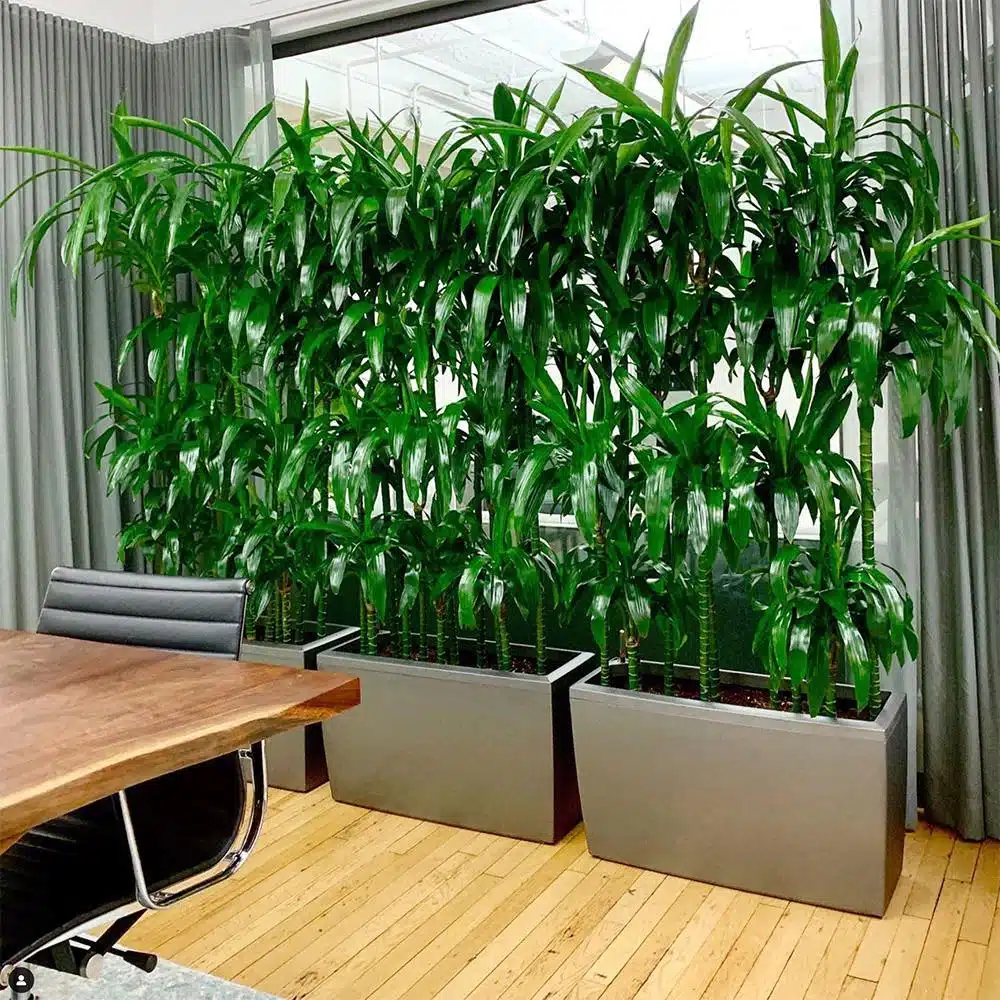Discover the Best Low-Light Indoor Plants for Your Home or Office Space
Discover the Best Low-Light Indoor Plants for Your Home or Office Space
Blog Article
Transform Your Home With Beautiful Low-Light Indoor Plants and Their Benefits
Incorporating low-light interior plants into your home can substantially boost both the visual and environmental quality of your home. These plants, which grow in dim problems, serve not just as decorative elements yet likewise as natural air cleansers, making them optimal for urban residents or those with restricted sunlight exposure. As we check out the various types of low-light plants and their benefits, you may locate unusual means to integrate them into your home that can transform your environments in methods you may not have prepared for.
Benefits of Low-Light Plants
Low-light plants provide countless advantages for indoor settings, making them an exceptional selection for both amateur and knowledgeable garden enthusiasts. One of the key advantages is their flexibility to low-light conditions, allowing individuals to enhance their space without the demand for extensive sunlight direct exposure. This characteristic makes them excellent for apartments, workplaces, and various other areas with limited natural light.

Furthermore, including low-light plants into home decoration can raise the aesthetic allure of a space. Their lush foliage and varied textures create a relaxing atmosphere, contributing to general wellness. Lastly, the existence of greenery has been connected to reduced anxiety degrees and boosted performance, making low-light plants a functional choice for improving both mental and physical wellness in interior settings.
Top Low-Light Indoor Plants
While lots of interior plants thrive in intense light, numerous species are specifically appropriate for low-light problems, making them optimal for various interior spaces. One popular selection is the Snake Plant (Sansevieria), known for its striking upright fallen leaves and strength, needing marginal treatment. Another excellent choice is the Pothos (Epipremnum aureum), which features heart-shaped leaves and can route perfectly from hangers or shelves, growing in low light and adding a lush touch.
The ZZ Plant (Zamioculcas zamiifolia) is commemorated for its glossy fallen leaves and ability to hold up against disregard, making it ideal for hectic way of lives. Similarly, the Peace Lily (Spathiphyllum) not just tolerates reduced light yet additionally generates spectacular white blooms, improving any type of space's aesthetic.
For an one-of-a-kind touch, think about the Cast Iron Plant (Aspidistra elatior), which indeed measures up to its name, growing in the darkest corners of your home. The Chinese Evergreen (Aglaonema) uses a selection of fallen leave patterns and shades while being exceptionally forgiving in low-light problems. These plants not only improve interior settings however additionally add to air filtration, enhancing your space.
Treatment Tips for Low-Light Plants

Sprinkling techniques are critical; these plants frequently choose somewhat dry problems. Overwatering can bring about root rot, so make sure that the top inch of soil is completely dry before sprinkling again. Use pots with water drainage holes to permit excess dampness to escape.
Moisture is one more important element. Several low-light plants, such as brushes and peace lilies, take advantage of greater humidity levels. To boost humidity, take into consideration misting the leaves or placing a tray of water near the plants.
Fertilization must be approached with care. Throughout the growing period, make use of a diluted, balanced fluid plant food every month to support growth, but stay clear of fertilizing during the dormant winter months.

Innovative Ways to Show Plants
Interior plants can act as captivating centerpieces in any kind of room, enhancing both visual appeal and ambiance. Creative displays can boost the visual impact of low-light plants, making them an essential part of your home design. One efficient technique is to utilize tiered plant stands, which permit you to display numerous plants at differing heights while optimizing flooring room.
Hanging planters are an additional innovative alternative, producing a sense of depth and drawing the eye upward. Take into consideration macramé wall mounts or wall-mounted racks to introduce a special appearance and style.
For a more structured method, use geometric terrariums or glass containers to house your plants, adding a contemporary touch to your indoor yard. You can likewise repurpose classic things, such as teacups or wooden pet crates, for an eclectic display that reflects your character.
Enhancing Home Ambiance With Plants
Incorporating low-light plants right into your home not only enhances visual charm however additionally contributes significantly to the overall setting. These plants function as natural design components, introducing a sense of peace that can transform any kind of room. The existence of greenery promotes a calming atmosphere, which is specifically valuable in high-stress atmospheres such as home workplaces or living rooms.
Low-light plants, such as serpent plants, pothos, and ZZ plants, are not only visually pleasing yet likewise improve indoor air quality by filtering system toxins. This twin function improves the ambiance further, creating a healthier home (Best low-light indoor plants). The calculated placement of these plants can additionally affect the assumption moved here of space; as an example, high plants can draw the eye upward, making ceilings show up greater and rooms extra sizable
Furthermore, varying appearances and colors of foliage include depth to indoor layout, enabling creative expression in home styling. Whether positioned on shelves, in edges, or as centerpieces, low-light plants can raise the mood of any type of room. In recap, integrating these plants into your home is an efficient means to cultivate a warm, welcoming environment while profiting of boosted air top quality and visual versatility.
Conclusion
Integrating low-light interior plants into home atmospheres offers various benefits, including improved aesthetic appeal and boosted air high quality. These durable plants, such as the Serpent Plant and Tranquility Lily, require minimal light and upkeep, making them ideal for diverse way of livings. Their capability to filter pollutants adds to a much healthier space, while their diverse appearances and shades improve interior style (Best low-light indoor plants). Eventually, the inclusion of low-light plants cultivates a serene and inviting atmosphere, changing any home into a serene oasis.
While many interior plants flourish in bright light, a number of types are specifically well-suited for low-light conditions, making them perfect for different interior spaces. One reliable approach is to make use of tiered plant stands, which allow you to showcase several plants at differing heights while taking full advantage of floor room.
Low-light plants, a knockout post such as serpent plants, pothos, and ZZ plants, are not just aesthetically pleasing yet also improve interior air top quality by filtering pollutants. Best low-light indoor plants. The tactical positioning of these plants can also influence the perception of area; for instance, high plants can draw the eye up, making ceilings show up greater and spaces extra roomy
These resistant plants, such as the Snake Plant and Tranquility Lily, need marginal light and upkeep, making them appropriate for diverse way of livings.
Report this page